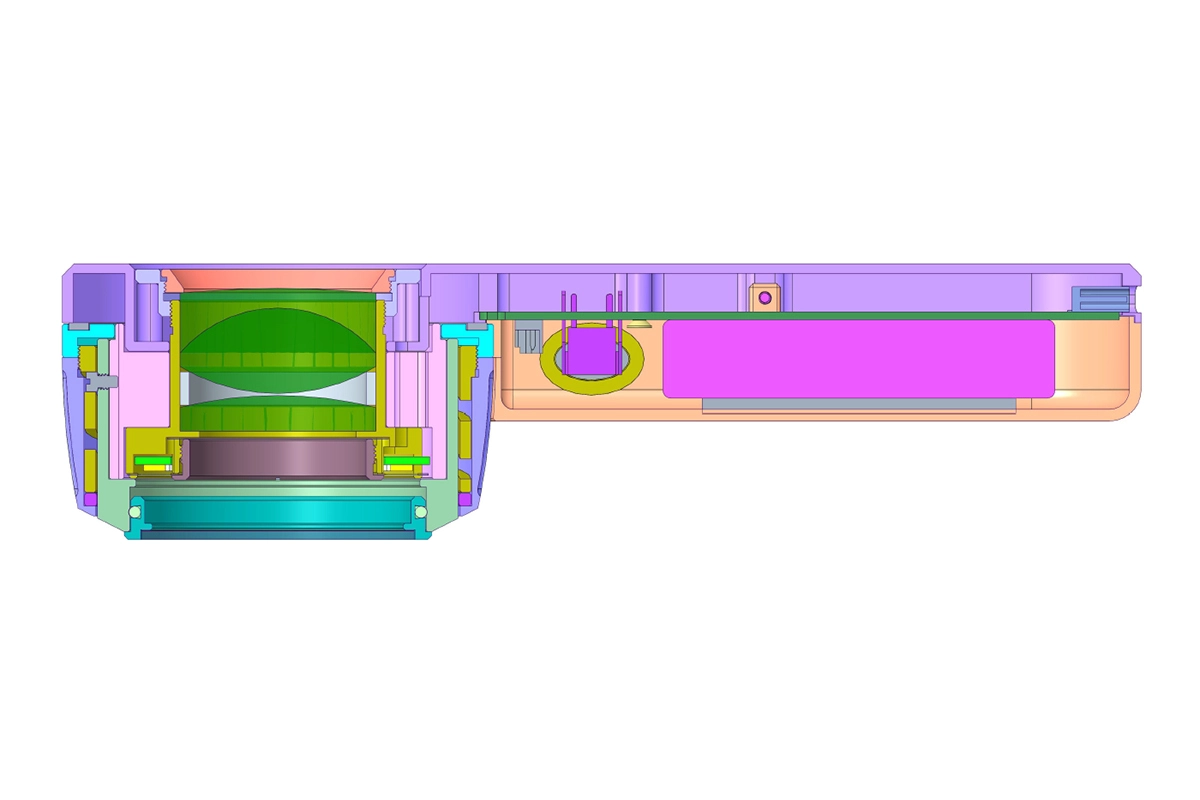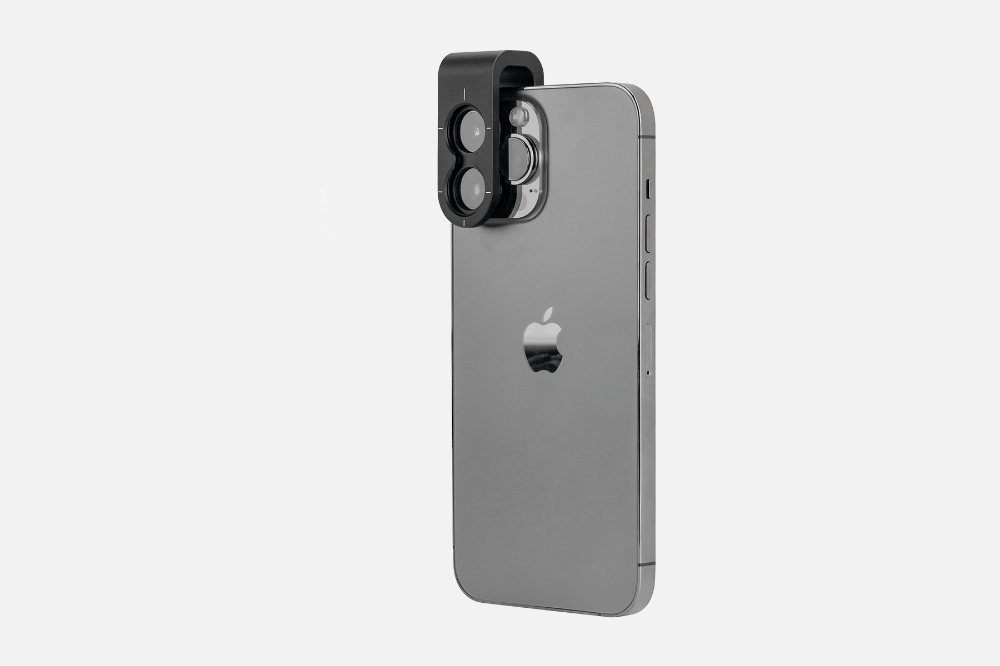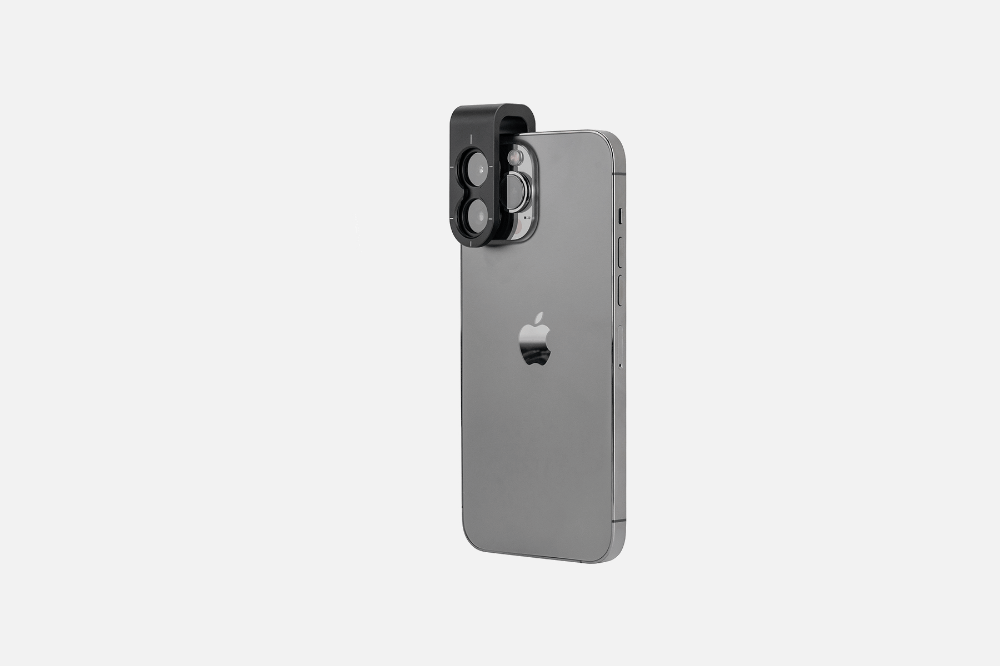Dermatoscope phone attachment mobile skin Imaging - IBOOLO
Attach dermatoscopes onto iphones and use IBOOLO convenient phone mounting adapters, allowing easy handheld skin imaging. The dermatoscope phone attachments enable clinical-grade magnification.
The Evolution of Dermatoscopes: From Traditional Devices to Smartphone Attachments
In the rapidly evolving field of dermatology, technological advancements have revolutionized the way skin examinations are conducted. From traditional handheld devices to cutting-edge smartphone attachments, dermatoscopes have undergone significant transformations. This comprehensive guide explores the landscape of modern dermatoscopy, with a special focus on dermatoscope phone attachments and iPhone dermatoscope attachments.
The Rise of Smartphone Dermatoscopes
Smartphone dermatoscopes have emerged as game-changers in skin examination and teledermatology. These innovative devices leverage the high-quality cameras and processing power of modern smartphones to provide accessible and efficient skin imaging solutions.
Key Features of Smartphone Dermatoscopes:
1. Compatibility: Designed to work with various smartphone models
2. Portability: Easily carried in a pocket or medical bag
3. Connectivity: Ability to share images instantly with specialists
4. Cost-effectiveness: Generally more affordable than traditional dermatoscopes
Dermatoscope Phone Attachments: Bridging Convenience and Precision
Dermatoscope phone attachments represent the latest innovation in mobile dermatology tools. These attachments transform smartphones into powerful diagnostic devices, offering professionals and enthusiasts alike the ability to capture high-quality images of skin lesions.
Advantages of Dermatoscope Phone Attachments:
1. Universal Compatibility: Many attachments work with a wide range of smartphone models
2. Enhanced Optics: Specialized lenses for detailed skin imaging
3. Ease of Use: Simple attachment and removal process
4. Cost-Effective: More affordable than standalone dermatoscopes
Popular Features:
- Polarized and Non-Polarized Modes: Allows for examination with or without skin contact
- Adjustable Magnification: Zoom capabilities for closer inspection
- LED Lighting: Consistent illumination for accurate color representation
- Companion Apps: Software for image capture, analysis, and management
iPhone Dermatoscope Attachments: Precision Meets iOS
For iOS users, iPhone dermatoscope attachments offer seamless integration with Apple's ecosystem, providing a user-friendly experience tailored to the iPhone's capabilities.
Benefits of iPhone Dermatoscope Attachments:
1. iOS Optimization: Designed specifically for iPhone's camera and software
2. High-Resolution Imaging: Leverages iPhone's advanced camera systems
3. App Store Integration: Access to specialized iOS apps for dermatological analysis
4. Regular Updates: Benefit from ongoing software improvements
Popular iPhone Dermatoscope Attachment Models:
- DermLite: Offers various models compatible with different iPhone versions
- FotoFinder: Provides high-quality optics with iPhone-specific adapters
- Handyscope: Features a unique design for easy iPhone attachment
Comparing Technologies: Phone Attachments vs. Traditional Dermatoscopes
Understanding the strengths of each type of dermatoscope can help practitioners choose the right tool for their needs.
Dermatoscope Phone Attachments (including iPhone-specific models):
- Pros: Affordable, portable, easy to use, great for telemedicine, leverages existing smartphone technology
- Cons: Dependent on smartphone battery life and processing power, may lack some advanced features of standalone devices
Traditional Dermatoscopes (like the DE 200):
- Pros: Superior optics, consistent performance, professional-grade durability
- Cons: Higher cost, less portable, may lack digital integration features
The Future of Mobile Dermatoscopy
As technology continues to advance, we can expect further innovations in dermatoscope phone attachments and iPhone-specific models.
Emerging Trends:
1. AI-Assisted Diagnosis: Integration of machine learning algorithms for preliminary lesion analysis
2. 5G Connectivity: Enhanced telemedicine capabilities with faster data transmission
3. Augmented Reality (AR) Integration: Overlay of diagnostic information on live skin images
4. Cross-Platform Compatibility: Universal attachments working seamlessly across iOS and Android devices
Choosing the Right Dermatoscope Attachment
When selecting a dermatoscope phone attachment or iPhone dermatoscope attachment, consider the following factors:
1. Compatibility: Ensure the attachment fits your specific smartphone model
2. Image Quality: Look for high-resolution optics and good colour accuracy
3. Software Features: Check for useful analysis tools and image management capabilities
4. Durability: Consider the build quality for long-term use
5. Price: Balance cost with features and your specific needs
The world of dermatoscopy is evolving rapidly, with dermatoscope phone attachments and iPhone dermatoscope attachments making professional-grade skin examination more accessible than ever before. These innovative tools offer unprecedented convenience, connectivity, and diagnostic potential.
As the field progresses, the integration of smartphone technology with specialized dermatoscope attachments promises to enhance skin health management across various settings, from clinical practices to remote consultations. Whether opting for a universal phone attachment or an iPhone-specific model, practitioners and skin health enthusiasts now have a range of powerful, portable tools at their disposal.
Using a Dermatoscope phone Attachment for At-Home Skin Checks
Detecting potential skin issues early vastly improves outcomes. Smartphone-compatible dermatoscope phone attachments now allow detailed skin screening conveniently from home between doctor visits. Attachments like the Dermlite dermatoscope iphone adapter transform your phone's camera into a clinical-grade dermatoscope for assessing spots, moles, lesions and more. Read on to understand the benefits of attaching a dermatoscope to your smartphone for easy self-exams.
A dermatoscope phone attachment like the Dermlite dermatoscope iphone adapter simply clips onto your phone over the rear camera. Dermatoscope phone attachments for most smartphone models are available. This allows you to take extremely magnified and illuminated images of moles or suspicious spots on your skin. The dermatoscope phone attachment's specialized optics and lighting reveal subsurface skin structures in high resolution comparable to medical dermatoscopes. This enables monitoring tiny structural or color changes early, allowing you to detect developing issues.
The companion Dermlite app controls the dermatoscope phone attachments lighting modes, magnification levels up to 40x, and image capture. It can even stabilize images to counteract natural hand shake during inspection. The app seamlessly captures focused skin images and organizes them into body maps, making it easy to track spots over time with your dermatoscope phone attachment. Any changes raise flags for further medical examination.
This dermatoscope phone attachment empowers convenient at-home skin checks between office visits. It shifts monitoring from infrequent to continual so you can catch concerning changes much earlier. And self-screening avoids the need to undress for full-body exams each time like in-office.
How Do I Connect My Dermlite to My phone?
Connecting your Dermlite dermatoscope iphone attachment to a smartphone is quick and easy:
1. Select the Dermlite adapter made for your specific smartphone model.
2. Clip the dermatoscope iphone adapter onto your phone's rear camera area.
3. Download the Dermlite app and connect it to your dermatoscope phone attachment via Bluetooth. This allows the app to control the Dermlite's settings.
4. Open the app to begin capturing clinical-quality skin images through the now dermatoscope-enabled camera!
The dermatoscope phone attachments draw power from your phone to light up and magnify skin areas on demand. The app interface makes image capture, body mapping, and tracking changes seamlessly easy.
What is the Magnification of the Dermlite Dermatoscope?
The Dermlite offers an industry-leading 40x magnification capability in their dermatoscope iphone attachments. This allows pores and other structures as tiny as 0.06 mm to be visualized. For comparison, standard dermatoscope models typically reach 10x to 30x magnification. This extra level of high magnification that Dermlite dermatoscope phone attachments provide reveals critical subsurface details and vascular structures invisible to other devices.
Adding a specialized dermatoscope iphone attachment like the Dermlite adapter makes clinical-quality skin screening quick and convenient from home. Consistent checks between office visits with a dermatoscope phone attachment allows earlier detection of suspicious changes for better outcomes. This shifts monitoring from reactive to preventative. Combining magnification, surface penetration, stabilization and body mapping, dermatoscope phone attachments empower you to know your skin better.
Recommended reading
Custom Case for iPhone suppliers & factories – IBOOLO
IBOOLO is a Custom Case for iPhone suppliers & factories. Information for Case for iPhone: Case for iPhone – Compatible with Dermatoscope...
premium woods lamps for optimized skin visualization - IBOOLO
IBOOLO Woods lamps utilize 365nm UV lights ideal for screening skin conditions like fungal infections, bacteria, and vitiligo, medical devices enhance the visualization of skin pigment and disorders.
Best adapter for samsung phone accessories - IBOOLO
IBOOLO As a premier phone accessory maker, provides the best adapters for Samsung models to amplify your device’s capabilities, top-grade aluminum and German glass deliver unmatched durability.
Smartphone Universal Lens Mount for Dermatoscope
Smartphone Universal Lens Mount for Dermatoscope
$29.90
-
In Stock
-
Arrive in 5-7 days
-
Free Shipping Worldwide $59+
-
2 Years Warranty
- Screw Size: m17*1.0
- Compatible Thickness: 5.25-13.50mm
- Material: Aluminum
- Works with IBOOLO dermatoscopes
$29.90
-
In Stock
-
Arrive in 5-7 days
-
Free Shipping Worldwide $59+
-
2 Years Warranty
Related documents & accessories
-
Case for iPhone
$15.90
-
DE-400 Dermatoscope
$179.00
-
DE-3100 Dermatoscope
$499.00
Related documents & accessories
You might also like
DE-4100 Dermatoscope
$699.00
DE-3100 Dermatoscope
$499.00
DE-400 Dermatoscope
$179.00
DE-300 Dermatoscope
$109.00
Reviews
1 review for Universal Phone Adapter
Only logged in customers who have purchased this product may leave a review.
Learn More
What Are the Rare Skin Cancers?
Skin cancer is one of the most common types of cancer. The three most familiar types are basal cell carcinoma, squamous cell carcinoma, and malignant melanoma. However, there are also…
What are the Common Skin Cancers?
Skin cancer stands out as the most prevalent form of cancer globally, with millions of new diagnoses annually. Unlike many other cancers, skin cancer often presents visible signs, making early…
IBOOLO Optical Dermatoscope
An optical dermatoscope is a medical device used in dermatology to examine skin lesions. This non-invasive tool is essential for the early detection and diagnosis of various skin conditions, including…





































Arthur Staroselsky United States
–
United States
–
I accidentally lost the previous one. Bought this new one and it works great as always!